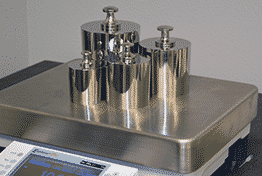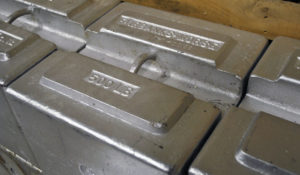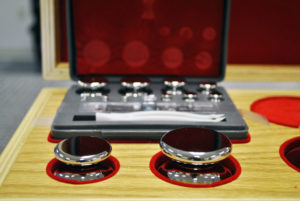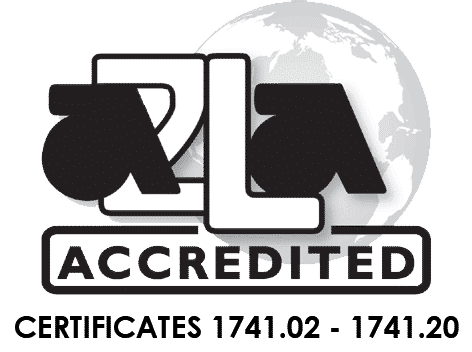Proper Storage and Handling of Test Weights
In a variety of operations, the storage and handling of test weights can become a major factor in day to day processes. Since many quality laboratories routinely test and verify scales and lab balances, it is important that they properly maintain the test weight standards used in the process. Depending on the type or class of test weights and severity of any mishandling, these scenarios can become very costly over time, affecting everything from finished goods to equipment used in the process, and causing complications in the calibration process.
In general, this write up will discuss two main types of test weight classes; ASTM class 1-7 and NIST type F or Field Standard weights. Generally speaking, class 1-4 weights of the 1-7 variety, are higher accuracy (1 being the highest) and used for checking equipment such as laboratory balances. Class F weights are frequently used in shop or industrial settings to calibrate larger scales such as floor scales. We’ll start by discussing Class F weights.

Class F or Field Standard Weights
The storage and handling of class F weights have some relatively simple rules of thumb. Store these test weights in a dry and clean environment away from major contaminants. It is most important to keep these test weights away from any heavy contaminants such as material scrap that can become attached to their surface. (As an accredited mass calibration laboratory, we’ve seen rubber, plastics, and even weld scrap attached to weights). This is by far the biggest factor in out-of-tolerance weights and can lead to expensive decontamination fees in order to accurately calibrate.

While class F weights don’t require the extremely delicate storage and handling conditions of higher class weights due primarily to the accuracy and tolerance differences involved, it is still recommended to keep them maintained and handle them with care. This will ensure they last longer and keep your scales performing at their best. For more information on class F weights, refer to NIST Handbook 105-1.
Class 1-7 Test Weights
Class 1-7 test weights are rated with ASTM rather than NIST. Generally speaking, classes 1-4 are considered “high class” however the following guideline recommendations can cater to all classes. Take a look at some tips from our experts for storage and handling of class 1-7 test weights:
Store in a clean environment away from contaminants. An ideal location for storage would be a clean room storage area, but most importantly, these test weights need to be covered to avoid contaminants. Unlike lower class weights like class F, even fine contaminants such as dust can affect readings with high class weights. It’s best to leave these test weights in original storage containers or designate containers for them to be stored in to stay contaminant free.

Never touch a test weight with bare hands. Even the touch of a hand can cause these test weights to be out of tolerance. The natural oils from hands can stick to weights and cause out of tolerance results. In addition, if the temperature of your hand is much different than the temperature of the test weight, it can affect results due to thermal expansion which we’ll get into next. Always wear approved gloves when handling these weights.
Keep weights and balances in the proper environmental conditions. Temperature can affect weight at certain levels. An ideal laboratory environment is 68 °F ± 2 °F as fluctuating temperatures can cause thermal expansion in weights, thus causing differences in weight. Also note, that placement of balances and weights under air supply vents can cause excessive drifts due to the temperature and airflow.
Consistency throughout the process. Everyone handles weights differently. Use of approved handling devices such as lifting and transporting tools is a must, but more importantly, procedures for stabilization are essential. It is recommended (depending on any decontamination) that test weights stabilize in the local environmental conditions before use.
For more information about ASTM class 1-7 weights, refer to ASTM E617-13. Failure to maintain test weights under guidelines such as these can be costly in the long run. Most calibration laboratories charge fees for decontamination due to the time involved in cleaning. This can be expensive and time invasive based on the extent of the condition.
Alternatively, there are many benefits to maintaining test weights to these standards. As an accredited test weight calibration laboratory, at J.A. King we know the benefits of well-maintained equipment all too well. Test weights are less likely to fall out of tolerance, less likely to need decontamination in the calibration process, and of course more likely to save you money as they will last longer and be less expensive to calibrate.
Learn more about test weight calibration services at Cross, or fill out the form below to get a quote on service!
Want to share or download this article for later reading? Here’s a downloadable PDF copy: Proper Storage and Handling of Test Weights
Also, take a look at our related articles:

